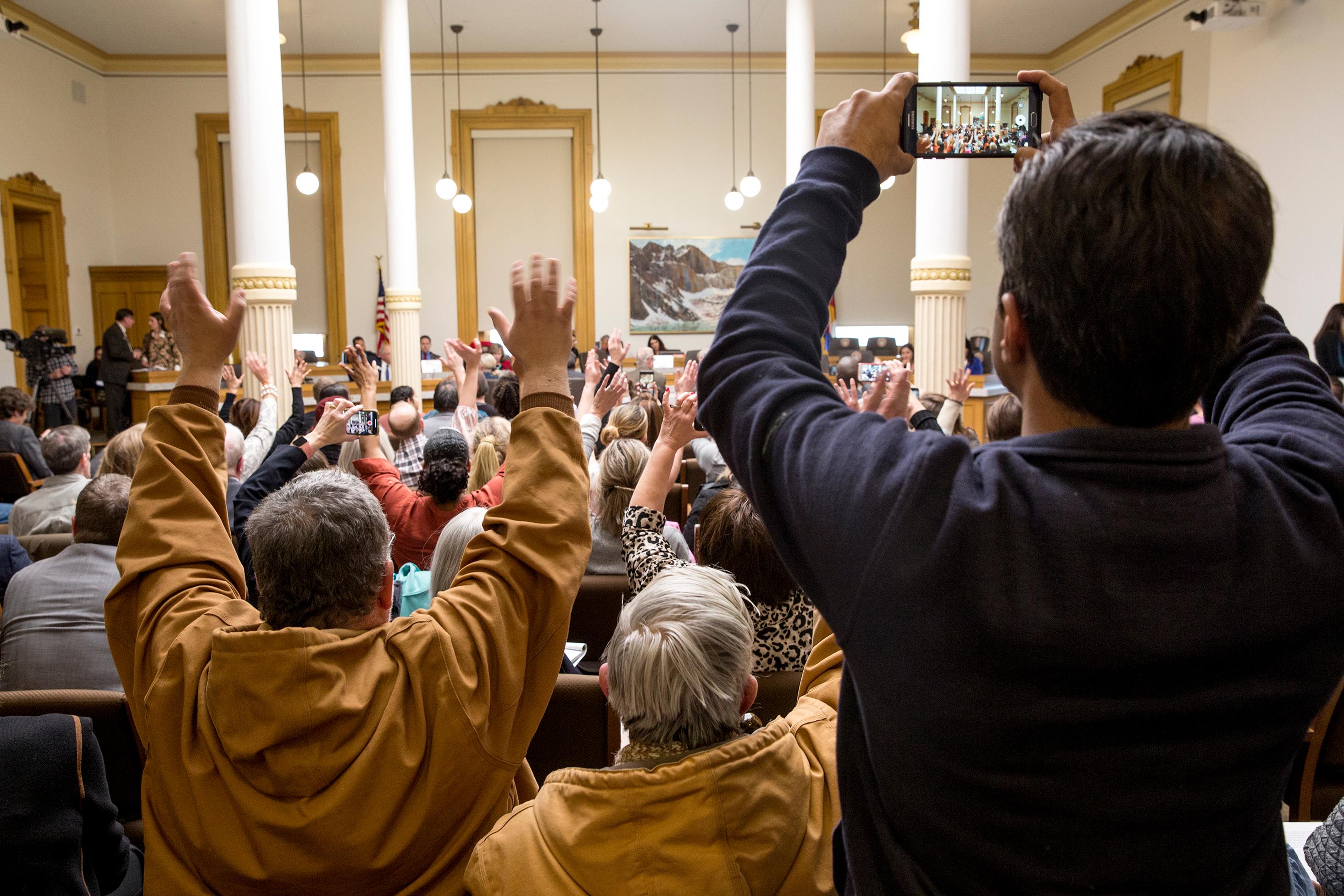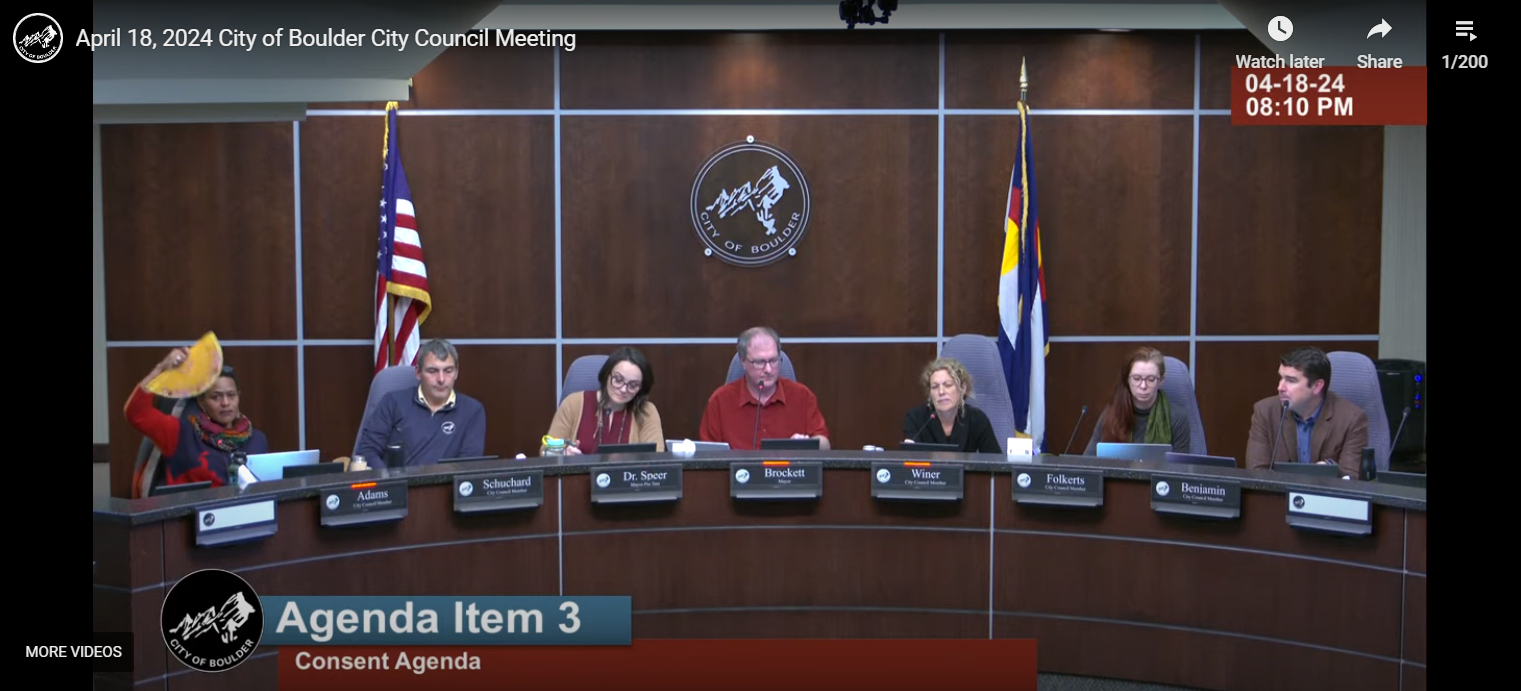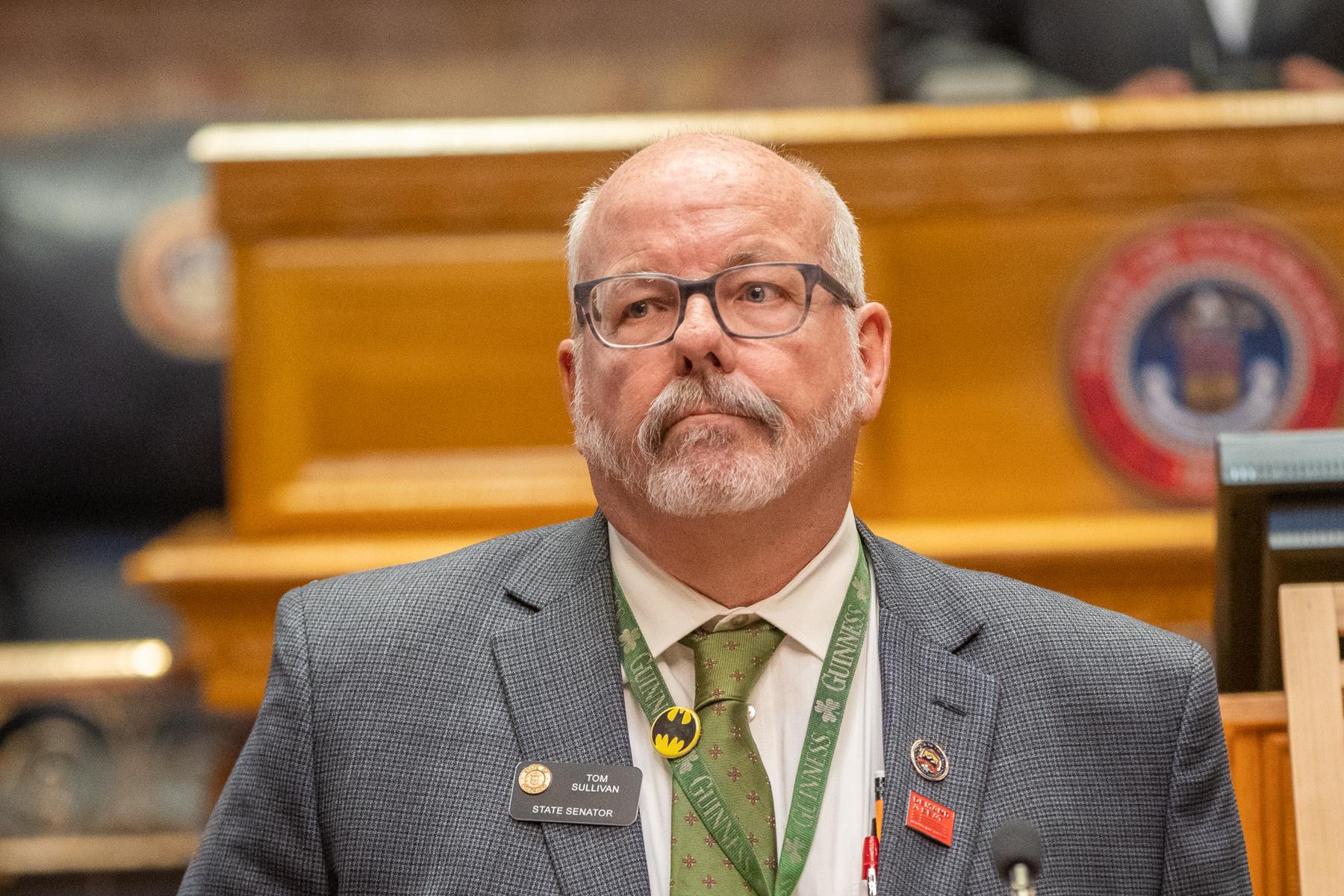

If you want an issue that lays bare the depth of congressional dysfunction, start with immigration.
The most glaring example is the longest government shutdown in history over President Donald Trump’s border wall. Before that, it was the debate over undocumented immigrants brought to the U.S. as children.
Former Congressman Mike Coffman, who represented Aurora as a Republican, was at the center of that earlier standoff. During his final term in office, he pushed for congressional action on young immigrants temporarily protected by the Deferred Action for Childhood Arrivals Program.
Coffman’s effort came in response to President Trump, who promised to end the Obama-era program near the end of 2017. The congressman had a bill to cement DACA into law, but House Speaker Paul Ryan, a fellow Republican, refused to allow any consideration or debate.
With no action on the issue, Coffman opted for a parliamentary middle finger. He and other moderate Republicans teamed up with Democrats to push a “discharge petition.” If a majority of House members signed on, a set of immigration bills could skip the committee process and instead go straight to a full floor vote.
By the summer of 2018, the coalition was just two votes away from bucking Republican leadership to force a vote. Backed into a corner, Ryan convinced key members not to sign the petition if he brought two bills to the floor — one hardline immigration measure, one more moderate version. After mixed signals from Trump, both failed spectacularly.

“It was all incredibly frustrating,” said Coffman, who lost his reelection race to Democrat Jason Crow in November. “You’re basically a bystander. There’s just a small group of people that really control the process.”
The whole saga helps explains why Congress appears broken. It’s not so much the people serving at the U.S. Capitol. It’s a process that funnels power to the top, stifles debate among the ranks and preempts any chance for compromise. Coffman thinks there is a place that could point to a fix, though.
It’s the same place where he started his career in politics. The Colorado legislature.
Rewrite The Rules
Compare the Colorado state capital to Congress, and it’s clear the hardware is mostly the same. Each building contains a House and a Senate. There are committee chambers where bills are heard and discussed. There are airy hallways built around a grand rotunda.
To extend a computer analogy, what distinguishes the two is software. The institutions have completely different sets of operating instructions. While lawmakers in Congress write their own rules, Colorado voters forced the legislature to install a system update about 30 years ago.
Before that, lawmaking in Colorado worked almost exactly as it does in Congress. Committee chairs could smother bills without a word of debate. A powerful Rules Committee also controlled the flow of legislation to the floor.
Those practices raised the ire of Wayne Knox, a veteran lawmaker from Denver. The 91-year-old served in the state House for 32 years, longer than anyone has and probably ever will now that Colorado has strict term limits.
As a Democrat, Knox spent most of his career in the minority. That meant his bills were at the mercy of GOP leaders, who could assign them to the legislative committee of their choice. It was the next step that drove Knox up a wall.
“The committee chair had the bill and could put it in his desk and forget about it,” he recalled from his retirement home in Denver. “It goes to a committee and that’s the last you ever hear of it!”

Insiders referred to the move as the “pocket veto.” Committee chairs, who are often appointed by, and loyal to, legislative leadership, would kill a bill simply by refusing to schedule it for a hearing.
In response, Knox teamed up with a coalition of 23 groups, including good government organizations like Common Cause and the League of Women Voters. Most had been victims of legislative nonaction; a bill they supported had been abandoned in a desk, never to see a public debate.
The coalition dubbed their proposed solution the “GAVEL Amendment” — an acronym for Give A Vote to Every Legislator. It promised to put an end to pocket vetoes by requiring each bill submitted at the Colorado legislature receive a full hearing and an up-or-down committee vote.
Other provisions attempted to further weaken majority power over the agenda. Members would be barred from committing their votes in binding party caucuses. It also ended the Rules Committee, which party leaders often used to stop legislation from reaching a full floor vote.

Knox first attempted to have the legislature refer the amendment to the ballot. Unsurprisingly, Republicans shot down his attempt to rein in their power, but they did allow a hearing. Future-Gov. Bill Owens presided over the committee that defeated the plan on a party-line vote.
Stymied, backers instead gathered signatures to go straight to the ballot. In 1988, voters approved the GAVEL Amendment in a 44-point landslide.
As of this year, five other states require committees to hear and vote on all bills, according to the National Conference of State Legislators. What makes Colorado unique is that voters cemented the rule into the state constitution, where the legislature can’t tinker with it.
Instead, lawmakers had to learn to play a whole new ballgame.
More Votes, More Accountability
The heart of GAVEL went beyond a vote for every lawmaker. The broader goal was to make the legislature more representative. By shifting power from party leaders to individual lawmakers, Knox and his allies hoped the assembly would do a better job translating the public will into policy.
The thought was that if Colorado weakened legislative majorities, lawmakers would have more chances to vote with constituents rather than their party.
That was their theory, at least.
A 2011 political science paper put it to the test. Mike Binder, an associate professor of political science at the University of North Florida, and Vlad Kogan, associate professor of political science at Ohio State University, noticed GAVEL passed in an off-year when state officials weren’t up for election. That situation created a natural experiment in state politics.
“The vast majority of the legislators were consistent. The speakership was consistent, the governor was consistent. All the big political apparatus were the same,” Binder said.
The research examined votes in the Colorado House before and after GAVEL took effect. More precisely, it counted how often bills passed despite opposition from the then-Republican majority.
“The majority party lost some votes,” said Binder. “There was certainly some more movement toward moderate policies where some moderate Republicans and a bulk of Democrats would vote on issues.”
Besides changing the fate of some policies, the scientists found GAVEL worked almost like a political X-ray. As more lawmakers voted on more issues, the public could see the ideological cracks and fissures within the party. Kogan and Binder suggest that may have contributed to the eventual decline of the Colorado GOP.
GAVEL meant voters could see rift between the party’s rural and suburban wings, which may have helped clear a path for Democrats to take the legislature in the 2000s.
As political scientists, Kogan and Bindel are hesitant to say whether GAVEL was a good thing for the state. But as everyday voters, they like the idea of visible differences within a political party, whether it’s Republicans or Democrats.
“One of the big problems in state legislatures is that, really, democracy doesn’t work very well. When we look at public opinion on issues and we look at issues enacted, the level of congruence is very, very low,” Kogan explained. “I think anything that creates more accountability, that allows voters to assign credit and blame for the policies that they see, is going to improve democracy.”
But the party machine did not surrender to GAVEL. Legislative leaders still had the power to set committee membership and to assign bills to those different panels. They used that power to create so-called “kill committees” stacked with lawmakers from safe districts who could be relied on to vote the party line. Even today, the practice is used to quickly defeat legislation leaders don’t like, while protecting vulnerable lawmakers from taking tough votes.
The technique shows another legacy of GAVEL. While the rules might change, those in control almost always find ways to adapt.
Count On Congress To Congress
In 2018, while he was still in office, former Congressman Mike Coffman gave GAVEL some national attention.
He threw his support behind a plan to ‘Break the Gridlock’ in Congress. The rules package was designed to make it easier for rank-and-file members to bring bills to the floor and to decentralize power in the House.
At a news conference, Coffman said it would allow lawmakers to strike compromises on issues like health care and immigration. And he cited GAVEL as a working example at the state level.
“It revolutionized the process and opened it up in ways that have been favorable to the people of Colorado,” he said.
The proposed changes differed in significant ways from Colorado’s. Rather than requiring a committee hearing on every bill, it asked for a much more Byzantine list of reforms, like expediting bills with at least 20 co-sponsors from each party.
The House approved most of the package, but not without some drama. Democratic members of the bipartisan Problem Solvers Caucus refused to back Nancy Pelosi’s bid for Speaker of the House unless she conceded to the new rules. It also faced criticism from House progressives, like Rep. Alexandria Ocasio-Cortez, who objected to a pay-as-you-go provision, which requires all new spending bills be offset by equal cuts or tax increases. Ocasio-Cortez said the rule would hamper efforts to overhaul health care.
This is now the first year the House has operated under these new rules. Their impact remains to be seen, but the changes are marginal compared to full overhaul GAVEL enforced on Colorado.
It’s unlikely Congress would ever fully embrace something similar. Any rules changes need to be approved by leadership, who are unlikely to cede so much power. And there’s no national-level ballot process that might allow an end run by a modern-day Wayne Knox.
Additionally, there is a range of other rules that would likely have to accompany something like GAVEL. In Colorado, lawmakers can only submit five bills per session, with some exceptions. That makes it possible to give every bill a hearing. In Congress, lawmakers can submit as many bills as they like.
Another Colorado rule says bills must be limited to a single subject reflected in the title. That avoids the congressional practice of cramming disparate policies into a single piece of legislation. It also prevents lawmakers from tacking on unrelated ‘poison-pill’ amendments during the process.
Let’s be honest: Congress isn’t likely to radically reorganize itself any time soon. But, for those who want to see it work better, like Coffman, the Colorado legislature still offers some ideas.
“I just think you get better policy and better outcomes, more representative government by opening up the process,” he said. “And I think GAVEL did that in a large part for the state of Colorado. And Washington, D.C. still needs to go further in that direction.”









